You wrote great songs. You booked time at your favorite recording studio. But your plans got upended by Covid-19.
Sounds like you’re in the same boat as countless other musicians right now.
But don’t worry, you still have options. You can still get your music out of your head and onto Spotify.
Chances are, if you’re a working musician you have some basic recording chops. You have a laptop with ProTools, Logic Pro or even simply GarageBand, and you can get reasonably good results recording in your bedroom.
But how are your mixing skills? Mixing is a completely different discipline than recording. And to do it right, it can require experience — and equipment.
Here are 5 questions to ask yourself before popping the hood on your homespun masterpiece.
1. What are you listening through?
Be careful if you’re mixing on computer speakers or consumer-grade headphones. They are notorious for sweetening or “hyping” their sound. Which means they usually have a bass boost.
For example, if you mix on a pair of Beats by Dre headphones, your mixes may sound very bright. Because you will spend a lot of time adding high-end to make cymbals, acoustic guitars and even the lead vocal cut through the headphones’ boomy, boosted low-end.
Instead, try to find studio monitors or headphones with a natural sound or “flat” frequency response. Professional recording studio monitors and headphones are generally calibrated for accuracy, not sweetness. So if you can make it sound good in the studio, it’ll sound good on any sound system.
2. How are your EQ skills?
The best mix engineers are EQ ninjas. They can make every element of a mix fit together like a puzzle. With each instrument having clarity and energy.
Here’s a typical example. Bass guitars and bass drums both occupy low-end frequencies. In order for them both to be heard, you have to “carve out” room for each one.
A popular way is to start by adding a high-pass filter to your bass drum track. Move it to the right, removing low frequencies, until you can hear both instruments clearly. Usually around 80Hz.
3. Do you have reamping capability?
Reamping is a very popular studio trick. It entails playing a recorded track through a speaker, and re-recording it. This can add energy and life to flat-sounding tracks. This is especially good for electronic music, low-budget software samples or poorly recorded audio tracks.
4. Do you know your way around studio effects?
If you’re a guitarist, you may know how to set delay repeats or reverb tails. But you may not know how to set a compressor, gate or de-esser.
Thankfully there’s YouTube. Don’t be shy about using it. Or better yet, get a subscription to Lynda.com. You may be able to get a free one through your school or local library.
5. Are you in the weeds?
Sometimes the best thing for your music is a fresh set of ears. As the songwriter and performer, you can get so close to your music (and your mixes) that you may not see the big picture. Consider asking others for mix feedback.
So that’s 5 questions for you. Got questions for me? Get touch at info@orchardrecordingstudio.com.

